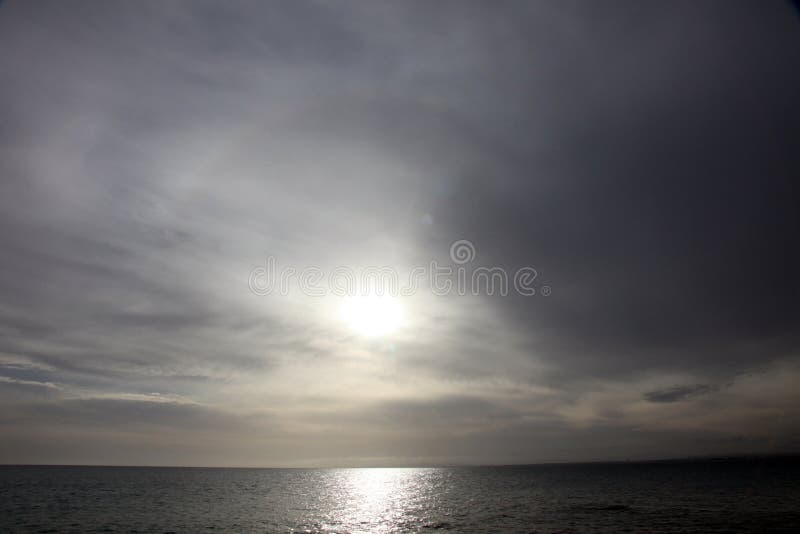

If you go somewhere far from your usual home, consider looking up sunrise/sunset and twilight (and maybe know the current moon phase and what that means in terms of moonrise and moonset) as part of planning your tour. If you have been at roughly this location for a while, knowing yesterday's sunset, maybe an approximate adjustment (like the 50° numbers I gave above) and the approximate duration of twilight shoud give you a decent idea. The daily shift in sunrise/sunset is about 3 min around equinox (and approximately 0 at solstice).This caught me many times, even when I was living in Northern Italy! Lighting conditions were reminding me rather too late to look for a place to stay for the night.) (At 40° N (north side of the mediterranean) twilight is only about half as long. In addition, we get a more than an hour of decently useful twilight* (until the sun is ≈10° below the horizon) all year round (± weather, vegetation, light pollution, obviously).the sun takes about 4 min from first hitting the horizon till being completely down.I live at about 50°N (quite central in Germany). horizon in the Soča valley can be +20° - +25° up. Again, I'd expect the effect to be the stronger, the further you are from the equator. Dark rain clouds can cost you several hours here (50 °N), snow or bright moonshine can make the whole night useful twilight. useful twilight at the equator is maybe 20 min, but more than an hour at 50° and all night long in summer in Scandinavia.At the polar circles, that's true only at equinox - at solstice you have 24 h of day or night. at the equator, 12 h day/night is a decent approximation all year round.Latitude has a huge influence on how long the sun takes to travel a given vertical angle (declination): Some places of course use time zones other than the "naturally closest one" and/or daylight saving time.

Longitude and local time zone: very much as a rule of thumb, your position within the current time zone makes a difference of ☓0 min. The further you are from the equator, the more prominent is this effect. The three evening planets – Venus, Saturn, and bright Jupiter – continue to dazzle in the evening sky.There are a number of influencing factors, and the further you are from the equator, the more important they get: Because our planet is traveling through space at a slightly higher speed than its average speed around the sun, the earliest sunrise and set do not occur at the winter solstice.Ĭreate your own sunrise and sunset calendar at .Īs for the planets, Mars is slowly making is morning appearance in the southeastern sky before sunrise. The Earth’s perihelion – closest point to the sun – occurs on January 4 at 12:55 a.m. CST, gaining nearly an hour over today’s time. CST sunrise in Chicago does not occur again until February 4. During that interval the sunset time changes twelve minutes.Ī 7 a.m. CST in Chicago) occurs December 28 through January 10. Until the solstice the sunrise changes by fourteen minutes. CST, only advancing two minutes.įor sunrise, the sun peeks across the horizon today at 7 a.m. When the winter solstice occurs on December 21 at 9:59 a.m.

The sun continues to set at this time until December 14. Check your local sources for sunrise and sunset times at your location. Today marks the earliest sunset time, 4:20 p.m.


 0 kommentar(er)
0 kommentar(er)
